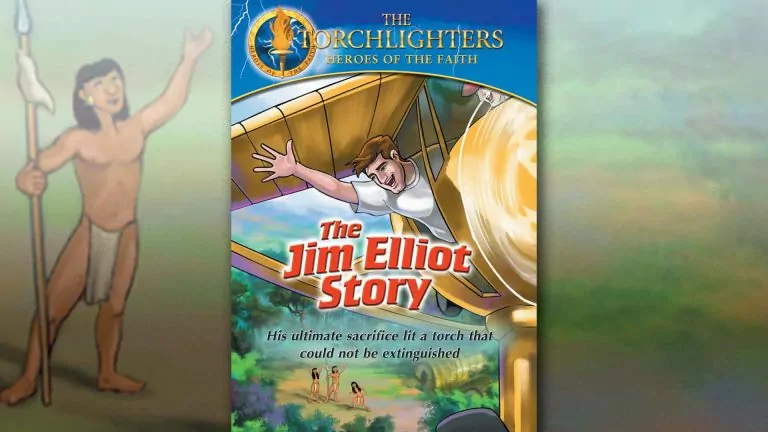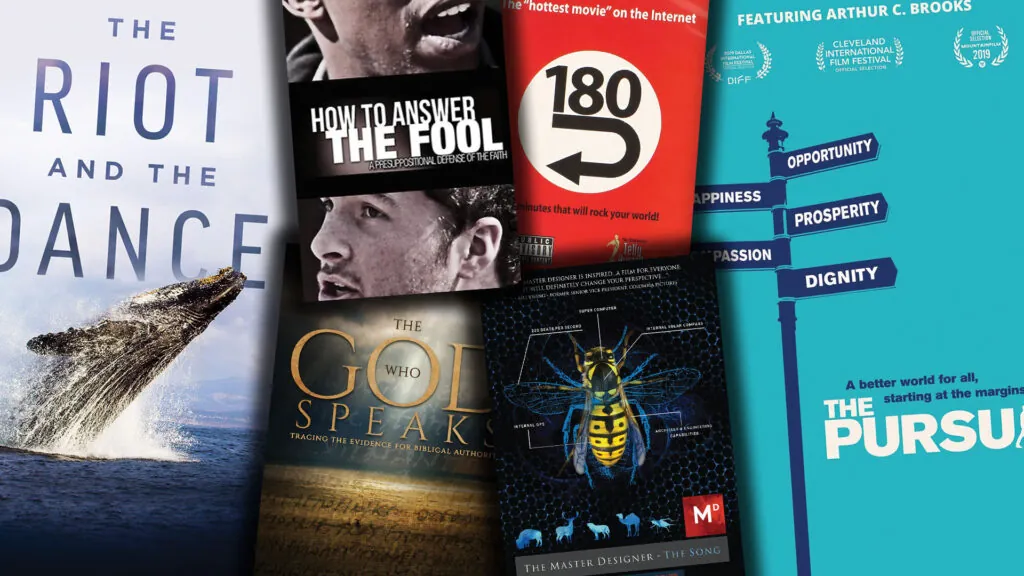Animated / Family
30 min / 2005
Rating: 6/10
This is a half-hour animated version of a true story your grandparents might still remember hearing on the news back in 1956. That was the year that Jim Elliot and his four friends sought out a group of Ecuadorian natives who had never heard the gospel. After making contact, the young missionaries were murdered for their efforts, the natives spearing them to death, and the shock was such that the whole world heard about it.
Years later, when one of the men’s wife, and a sister, also sought out the natives, this time to forgive them, their example served as a powerful testimony to the truth and power of the Good News. Many of these same natives then converted in a powerful example of how God can completely make over a man, from murderer to humble follower.
If this animated account grabs your kids’ attention, you might want to follow up with the feature film version or, better yet, the documentary that really gets into the natives’ spiritual transformation.
Cautions
Though this is a cartoon it should definitely be previewed by adults as some scenes – specifically when the missionaries get speared – will be too intense for young children. So I’d suggest this is for kids 10 and up.
Conclusion
“The Torchlighters” is a series of animated films created by Voice of the Martyrs to teach children from 8-12 about the many people who have been persecuted for their love of God. The animation is consistently solid, and while the topic matter – persecution – is somber, the depictions of torture are quite muted, and age-appropriate. That said, I’ll note again that parents should preview this one, because it is one of the more visually shocking.
The Jim Elliot Story is reasonably entertaining, but more to the point, it is highly educational. To put it another way, children should see it, and won’t mind seeing it, but likely won’t want to watch it again and again. So it’s a good one for Christian schools, but not ideal for the family video library.
And right now you can watch it for free below.












